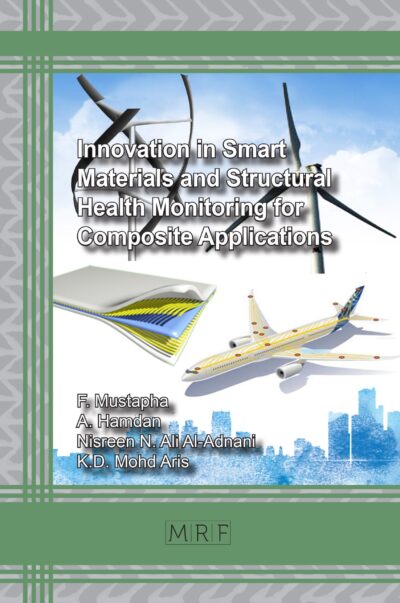Metallic Glasses and Their Composites
2nd updated and extended edition
D.V. Louzguine
Materials Research Foundations Vol. 85
Publication Date 2021, 358 Pages
Color Print ISBN 978-1-64490-100-7 (release date January 2021)
ePDF 978-1-64490-101-4
DOI: 10.21741/9781644901014
Metallic glasses and their crystal/glass composites find ever more applications in such fields as mini transformers, microelectromechanical devices, pressure sensors, precision surgical instruments, biological implants and sportive goods (springs, diaphragms, membranes, knife blades, electromagnetic wave shields, optical mirrors, power inductors, Coriolis flow meters, etc.). The book reviews recent research and suggests future developments, e.g. in the area of dual-phase composite/hybrid materials.
Keywords
Metallic Glasses, Crystal/Glass Composites, Dual-phase Composite/Hybrid Materials, Supercooled Liquid, Devitrification, Magnetic Materials, Microelectromechanical Devices, Pressure Sensors, Orthopedic Screws, Precision Instruments, Biological Implants, Electromagnetic Wave Shields, Optical Mirrors, Power Inductors, Coriolis Flow Meters
Google Preview














